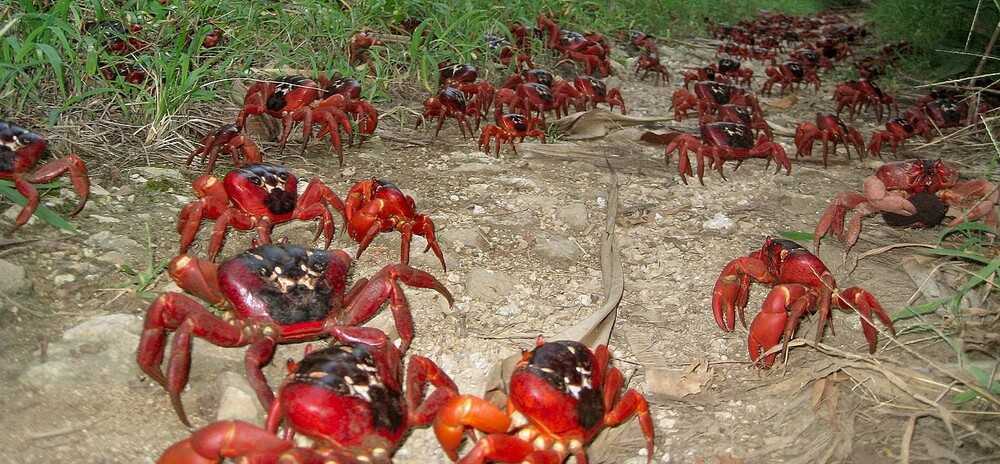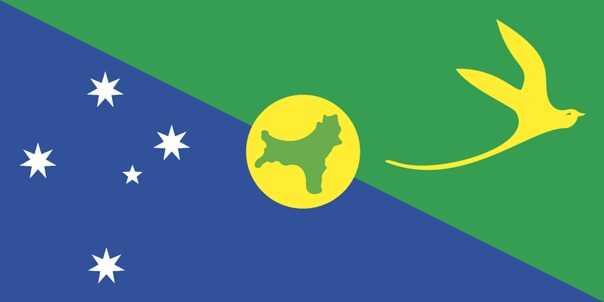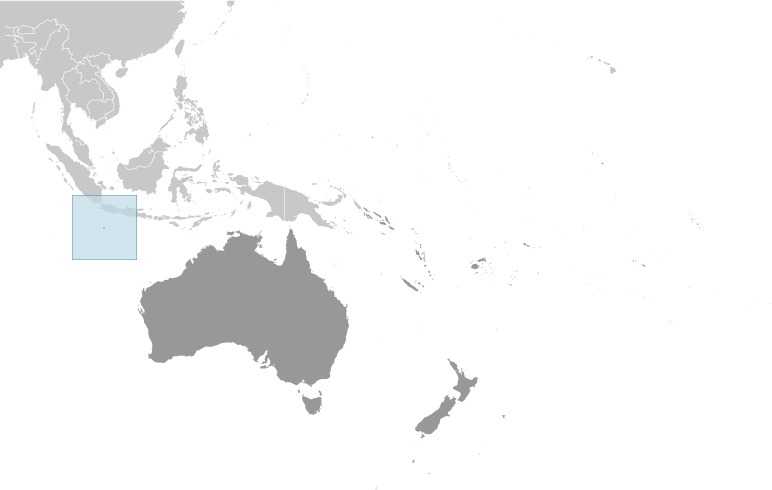Introduction
Tip
Visit the Definitions and Notes page to view a description of each topic.
Geography
People and Society
Population
comparison rankings: total 234; male 231; female 233
Median age
comparison ranking: total 78
Population growth rate
comparison ranking: 84



